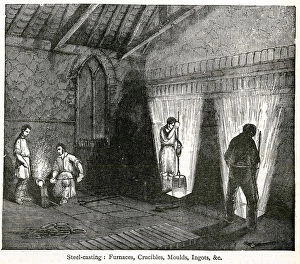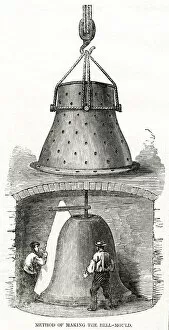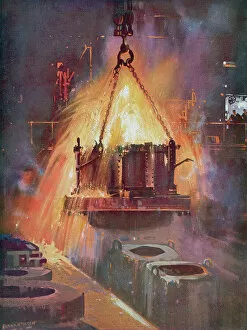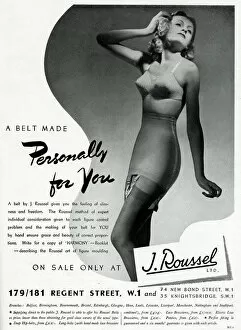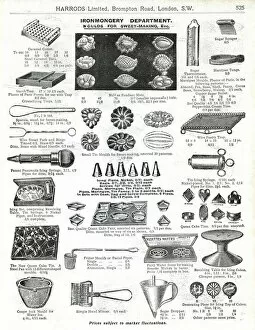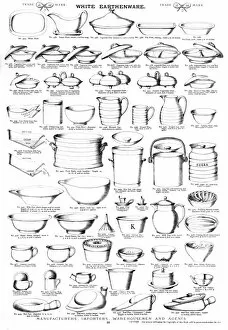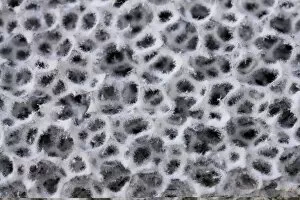Moulds Collection (page 2)
"Moulds: A Journey Through Time and Functionality" Step into the world of moulds, where functionality meets artistry
All Professionally Made to Order for Quick Shipping
"Moulds: A Journey Through Time and Functionality" Step into the world of moulds, where functionality meets artistry. This captivating collection showcases a wide array of copper border and jelly moulds, each one telling its own unique story. From elegant designs to intricate patterns, these they have stood the test of time. Intriguingly, this assortment also includes jelly and cake moulds that were once an essential part of every baker's arsenal. Leafing through the trade catalogue from 1911 takes us back to a bygone era when these moulds played a pivotal role in creating delectable desserts. But it doesn't stop there - delve deeper into the realm of copper moulds used for cheese production. Witness how skilled artisans meticulously fill each crevice with precision, ensuring that every piece is crafted to perfection. Venturing further, we encounter a blast furnace in action - an awe-inspiring sight that reminds us of the immense power behind these industrial marvels. And yet even amidst such grandeur, our attention is drawn towards scanning electron micrographs revealing mycorrhiza fungus nestled within plant roots - nature's very own symbiotic masterpiece magnified 700 times over. Transitioning from nature's wonders to culinary delights, tin cooking moulds make their appearance alongside an assortment of aluminium cooking utensils. These tools have witnessed countless meals being prepared with love and care throughout history. A glimpse into Salt Workers Droitwich offers insight into another facet where salt-making relied on specific molds for shaping this precious commodity. The dedication and skill required in this process are truly commendable. Surprisingly juxtaposed against all these practical applications is an advert for J. Roussel lingerie from 1939 – reminding us that even undergarments can be shaped using molds. Finally, we come full circle with a trade catalogue showcasing Edwardian sweet making utensils from 1911; here lies evidence that molds have been an integral part of the confectionery world for centuries.

